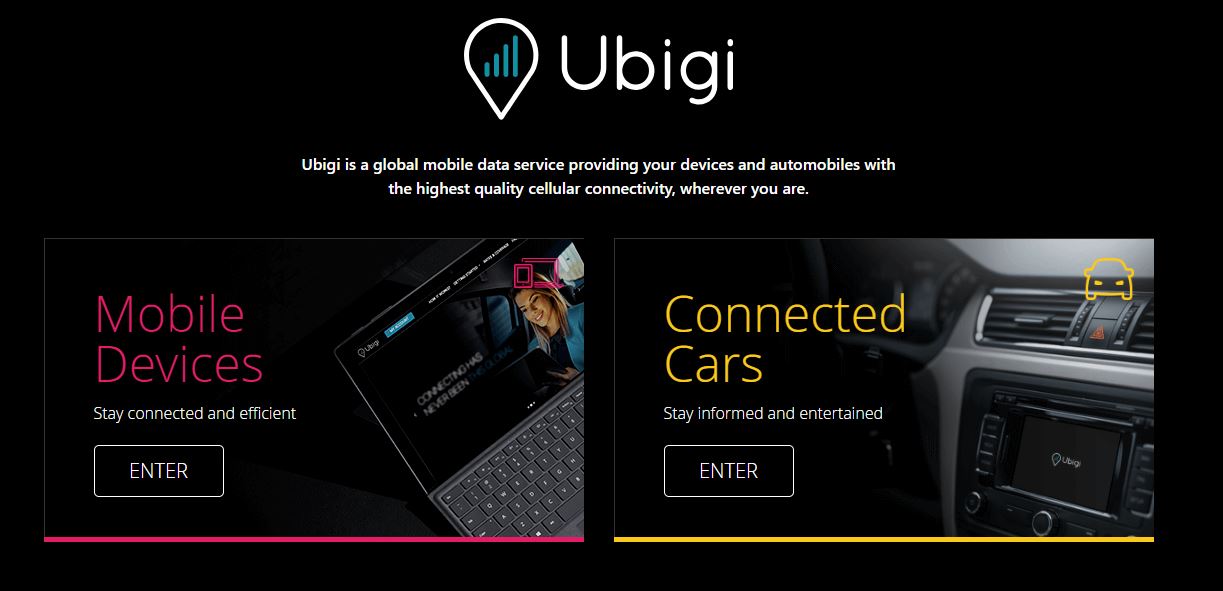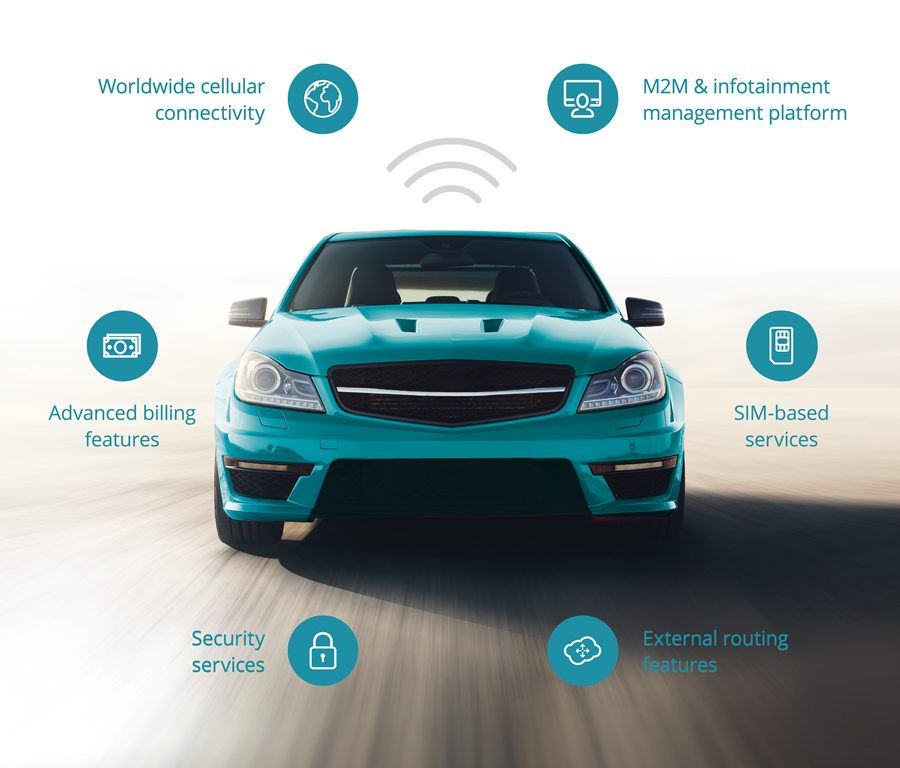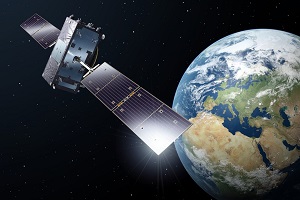With the recent launch of Ubigi, a brand dedicated to users of the Internet of Things (IoT), Transatel aims to prove that a single concept and a single technical framework can be relevant to cover several market segments at once. As Jacques Bonifay, CEO and founder of Transatel writes, these segments can be as different as the automotive sector and consumer electronics.
Ubigi: one framework, many solutions
Ubigi offers prepaid cellular connectivity for the connected car, enabling Wi-Fi on board and infotainment services for companies such as Jaguar Land Rover in the UK, Germany and Italy. The same brand offers attractive prepaid bundles for more than 140 destinations to owners of selected models of Asus, Acer, Surface, Lenovo, and Vaio sold in the US, Japan, and Europe.
Just last week, Transatel announced the availability of the Ubigi eSIM for all compatible devices, including the new iPhone XS and XR: a Ubigi profile can be directly downloaded via the dedicated page here. One of the very few mobile operators worldwide ready to provide for eSIM technology, and among the even tighter circle of network-agnostic global SIMs, Ubigi demonstrates just how versatile an IoT MVNO (mobile virtual network operator) can be. Ubigi is now adding ‘SIM-only’ capabilities to the catalogue, via eSIM profiles.
Last, a white-labeled Ubigi can offer the same global, cost-efficient, “instant-on”, “always connected”, and user-friendly cellular service under a distributor’s or an OEM’s original brand: the end-to-end service can be entirely rebranded in a matter of weeks, from app and website to cellular provisioning and customer care.
Aircraft manufacturers and car OEMs are the new MVNOs
The rise of global IoT MVNOs reflects the benefits of cellular technologies, when it comes to connecting things. When security is a major concern, naturally encrypted cellular communications are the best fit. When the projected level of data transmission is high, cellular networks are not only indicated, but frankly the only option.
Consequently, when Airbus was looking for a partner to feed Skywise, the open data platform for predictive maintenance, with in-flight data from its aircraft all over the world, they also chose Transatel as their enabler. This use case of M2M (machine-to-machine) connectivity also falls into the category of IoT MVNOs, where airlines play the role of end-users, and the aircraft manufacturer the role of MVNO.
Why are car manufacturers becoming mobile operators?
eSIM technology is bringing flexibility to the IoT, but cannot, on its own, answer all the market’s requirements. For example, until now, car manufacturers wishing to enrich their new models with cellular connectivity had no easy option, if they wished to go global. To remain cost-effective, they had to negotiate access to mobile operators’ networks, either country by country, or region by region. Thus, they faced additional costs from repeated integrations, and probable inconsistencies of service, from a global perspective.

In the automotive sector especially, SOTA (software over-the-air) updates are critical to avoid recalls of hundreds of thousands of cars into dealerships. Enablers such as Transatel, thanks to a zero-rating option, can ensure software updates take place instantaneously, worldwide, entirely unnoticed and at no cost for the consumer.
For these specific reasons, among others, IoT MVNOs have an economic and industrial role to play, which cannot easily be accommodated by Mobile Network Operators (MNOs) directly. As always, the light, innovative, flexible and adaptative solutions offered by alternative players provide oxygen and new opportunities to the market.
The author of this blog is Jacques Bonifay, CEO and founder of Transatel
About the author
Jacques Bonifay is the CEO and founder of Transatel. He is also president of MVNO Europe and president of Alternative Télécom. His company, established in 2000, has a track record of over 170 MVNO launches worldwide, and is a leading European enabler of MVNOs. Chosen by Microsoft to enable their “Always Connected PCs” in 2014, the company has since then been successfully deploying cellular technologies in the IoT.
Comment on this article below or via Twitter: @IoTNow_OR @jcIoTnow










